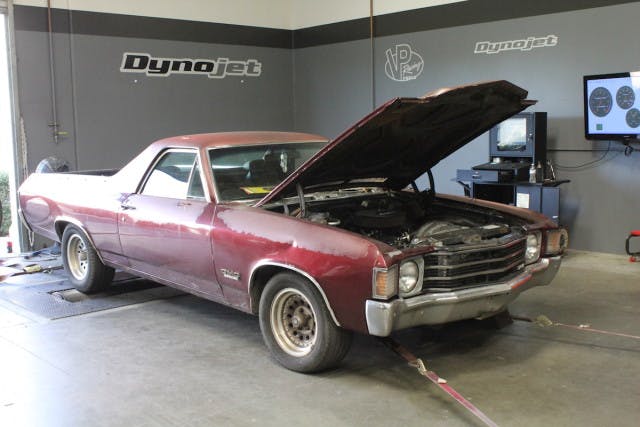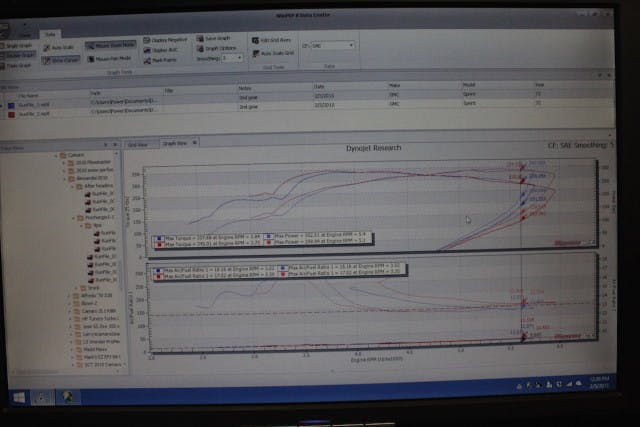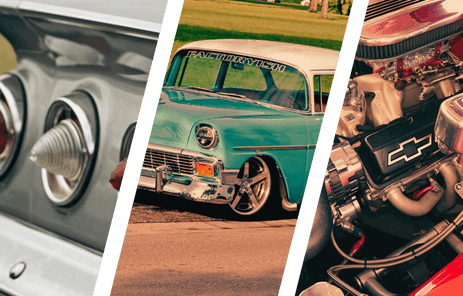
Three years ago we covered the topic of your first trip to the engine dyno. Believe it or not, we still get calls and email asking about this topic, and car enthusiasts wanting advice. We hope that you read the full article linked above, but if you are planning to run your car on the dyno, there might be some things that you need to know right now, so here are the bare essentials:
1. Have a goal. We mean have a realistic goal in mind. If you read the package on every car part, they all assure you of horsepower gains. Theoretically, if you add all the horsepower gains from each part–we call that Ricer Math, you should be able to total up your horsepower number from the factory numbers plus all the upgrades. Right? Sorry, but it doesn’t work that way.

When you make an upgrade, you are not really adding horsepower. Typically you are recovering horsepower that was harnessed by factory parts. Some of these upgrades cross the same territory, and you can only release that harnessed horsepower once. The aftermarket manufacturers base horsepower gains on their parts by comparing their component to the factory item – not to a fully upgraded engine with several aftermarket parts, which is likely to produce smaller horsepower numbers for each additional upgrade.
2. Make sure you have everything you need to start, run, and drive the car. Dyno shops have a few items that they might be willing to loan or sell you, but they are generally not in the business of preparing your car for a dyno run. If you forget something, you may need to take time away from your dyno schedule to run to the parts store and buy a new part.
3. Make sure the dyno operator knows if you will be tuning the car between runs, or if you want them to optimize your engine’s tune. This will have a great effect on the time you will need on the dyno, and the total cost of the session.

4. Know the specs and parts of your engine. This is especially true if you want the dyno shop to help you custom tune your engine. The more information they have, the more they can help you.

Overall, the time spent on a chassis dyno can tell you a lot. Not only will it help your engine program, but you can also learn alor about your drivetrain and suspension. After all, a chassis dyno tells you how much power you are getting to the ground, not how much power your engine is making. Make sure you talk to the dyno shop in advance, and ask as many questions as you can. Ask the dyno operator what you should consider bringing to the session, and what he thinks you will need. Good communication with the dyno operator before you get there, will help you get the most from your time on the dyno.
You might also like
SEMA 2025: Roadster Shop Debuts 1982-1992 Camaro SPEC Chassis
Roadster Shop's new 1982-1992 Camaro SPEC Chassis is a bolt-in solution that improves performance in every way.


